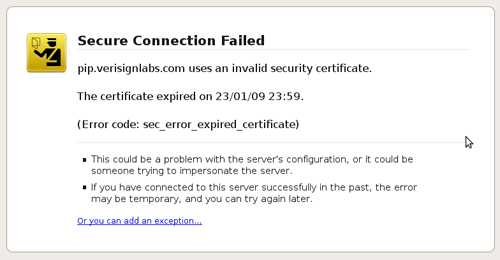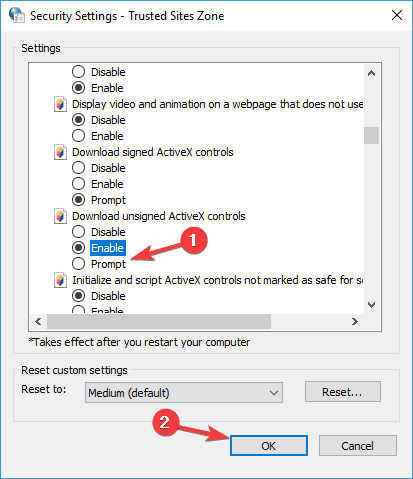

Some servers do not support STARTTLS on port 587. If you explicitly specified the port 587 but haven't changed the SSL mode from the default value SslStartupMode.Manual, MailBee.NET will use SslStartupMode.UseStartTlsIfSupported.

The SSL mode is denoted by SmtpServer.SslModeproperty of the SmtpServer object which represents your SMTP relay server settings.
If you explicitly specified the port 465 but haven't changed the SSL mode from the default value SslStartupMode.Manual, MailBee.NET will use SslStartupMode.OnConnect. This also concerns and some other well-known domains. If the SMTP relay host name is or, MailBee.NET will autodetect the proper SSL port and mode unless you explicitly specified the SSL mode. You'll need MailBee.NET Security license only for advanced use (validate server's certificate, supply client's certificate, S/MIME, and so on).Īuto-detect SSL settings based on the port and hostīy default, is true which means the following: MS Exchange 2010 by default won't authenticate clients unless the connection is protected with SSL encryption, not to mention such major e-mail services like and .ĭue to the above, all individual MailBee.NET components like Smtp provide basic SSL/TLS capabilities at no additional cost. Nowadays, SSL is usually not just an advanced option for those users which demand better security, it's a must. Automatic selection of the best supported protocol, and manual selection. Support of TLS 1.0, TLS 1.1 and TLS 1.2 protocols. Client and server certificates (this requires MailBee.NET Security license, it's also covered by MailBee.NET Objects unified license). Auto-detection of SSL settings for some popular providers ( and ). SSL connections on the regular ports 25 and 587 via STARTTLS command. Dedicated SSL port connections (port 465 for secure SMTP). MailBee.NET fully supports all types of SSL connections with e-mail servers. If you just need to send an e-mail through SSL, refer to Send if server requires SSL (like Gmail) topic. The current guide provides the detailed explanation of SSL and TLS related matters and security certificates. Validate server certificate without throwing exception. Validate server certificate selectively. Supply client certificate and check server certificate. Configure SSL protocol (Auto, TLS 1.2, TLS 1.3). Connect to regular port and use STARTTLS to activate SSL. Auto-detect SSL settings based on the port and host. 
SMTP over SSL (,, certificates) SMTP over SSL (,, certificates)







 0 kommentar(er)
0 kommentar(er)
